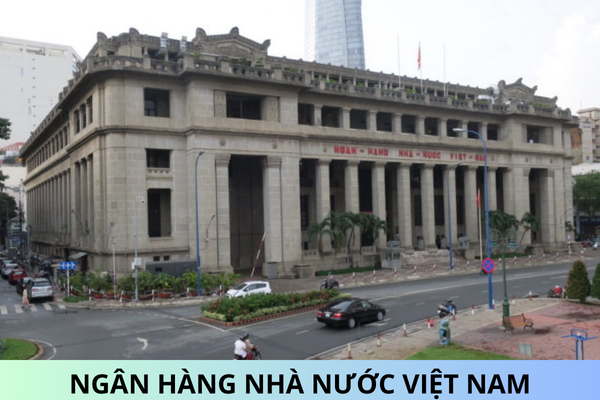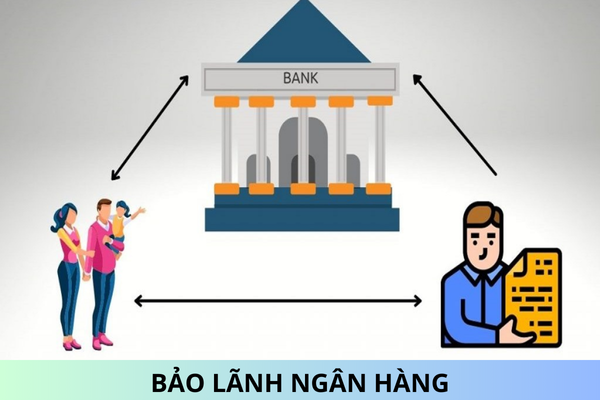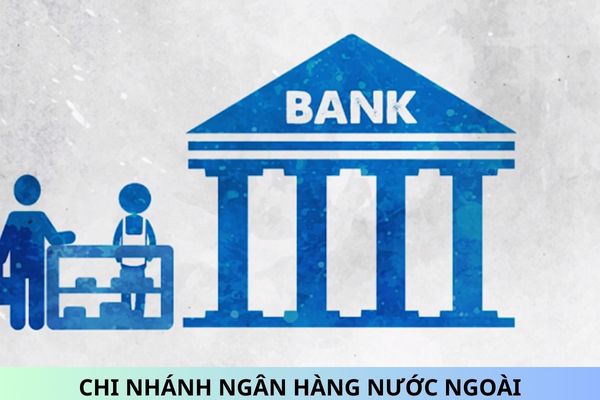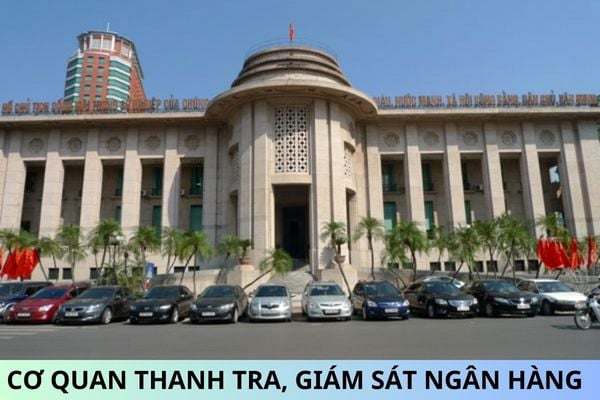What are regulations on prudential limits and ratios of non-bank credit institutions in Vietnam?
What are regulations on prudential limits and ratios of non-bank credit institutions in Vietnam? What are regulations on information technology system of non-bank credit institutions in Vietnam?
1. What are regulations on prudential limits and ratios of non-bank credit institutions in Vietnam?
Pursuant to Article 4 of Circular 23/2020/TT-NHNN, internal regulations on prudential limits and ratios of non-bank credit institutions are as follows:
1. Non-bank credit institutions shall issue their own rules and regulations on credit extension and loan management to ensure proper use of loans in accordance with this Circular and relevant documents. The rules and regulations must include but not limited to the followings:
a) Criteria for identification of a customer, or a customer and related persons of that customer defined in Clause 2 and 13 of Article 3 of this Circular; credit policies for a customer, or a customer and related persons of that customer; regulations on principles of decentralization and delegation of the powers to decide or approve credit extension; debt restructuring for a customer, or a customer and related persons of that customer;
b) Regulations on spreading or diversification of risks arising in credit offering activities; methods for monitoring, managing, approving and deciding the offering of credit to a customer, or a customer and related persons of that customer if the credit extended is worth at least 1% of the equity of the non-bank credit institution. These regulations shall be made public and transparent, especially those on appraisal, credit extension, debt restructuring, prevention of conflict of interest between the appraiser, the credit extension decision maker and the customer who is related to these persons;
c) Rules and criteria for assessment and leveling of risks of credit extension for prioritized or restricted customers and sectors, which serve as a basis for formulation and development of annual business plans and strategies;
d) Regulations under which consideration prior to approval of credit extension and debt restructuring (including debt deferment and rescheduling) must be transparent, free of conflict of interest, and must not conceal information about credit quality. In this pre-approval process, the maker of the decision on debt restructuring must be different from the maker of the decision to offer such credit, unless the credit extension is approved by the Governing Board or the Board of Directors. In case the consideration prior to approval of credit extension and debt restructuring is carried out according to the council-based mechanism, at least two thirds of the members of the Debt Restructuring Review Council must be different from members of the Credit Review Council;
dd) Regulations on management of risks incurred from extending credit for investment and trade in shares, corporate bonds; real estate business; implementation of PPP projects;
e) Regulations on extending credit that are binding on directors (deputy directors) of branches, affiliated units and holders of equivalent positions of non-bank credit institutions according to the rules specified in Point a, b, c, d and dd of this Clause. Equivalent positions shall be determined according to internal rules and regulations of non-bank credit institutions.
2. Non-bank credit institutions shall issue their internal rules and regulations on assessment of assets and compliance to minimum prudential capital ratios that are made according to the principles of management of asset-related risks, on the basis of credit demands, characteristics and levels of operating risks and in light of business cycles, adaptability to risks and their business strategies. These rules and regulations must conform to this Circular and other relevant documents, and must include but not limited to the followings:
a) Regulations on the organizational structure, decentralization or authorization mechanism, functions and duties of each managerial department that match minimum prudential capital ratios;
b) Rules, policies, procedures for identification, measurement, monitoring, control, reporting and exchange of risk-related information that are aimed at ensuring conformance to minimum prudential capital ratios;
c) Regulations on management of the structure of equity and assets, including assessment of risk levels and trends, their impacts on the need for equity to mitigate the risks; the amount and quality of equity; the tolerance of risks from macroeconomic factors, accessibility to sources of additional equity, including financial assistance from shareholders where necessary to maintain the minimum prudential capital adequacy ratio; obligations to provide capital for subsidiaries and associate companies; short-term and long-term equity targets; estimated costs of addition of equity and solutions for achievement of equity targets. Regulations on management of the structure of equity and assets include:
(i) Procedures and methods for monitoring and assessment of the magnitude, components and quality of equity and assets;
(ii) Management system for minimum prudential capital;
(iii) Early warning system, which can detect signs of risks that lead to decrease in the minimum prudential capital ratio; supervision and reporting thereof in accordance with regulations;
(iv) Plan for maintenance of individual and consolidated minimum prudential capital ratios, including:
- Measures for management and development of equity and assets in response to decrease in or breach of regulations on the minimum prudential capital ratio;
- Responsibilities, powers and obligations and cooperation amongst relevant departments and individuals in development of the plan or action for response to decrease in or breach of regulations on minimum prudential capital ratios.
3. Non-bank credit institutions shall issue internal rules and regulations on liquidity management in accordance with this Circular and relevant documents. Such rules and regulations shall include but not limited to the followings:
a) Regulations on decentralization, authorization, functions and duties of each department involved in management of assets, liabilities and maintenance of solvency and liquidity ratios;
b) Procedures and limits for management of liquidity, limits of difference in terms of assets and liabilities on the basis of cash inflow and outflow in Appendix 3 hereof;
c) Rules, policies, procedures for identification, measurement, monitoring, control, reporting and exchange of information about solvency and liquidity risks; criteria for early warning of risks from low solvency and liquidity, and response plans;
d) Plans and measures for acquisition of securities with high liquidity;
dd) Instructions, inspection, intracorporate control and audit of the maintenance of solvency and liquidity ratios;
e) A model for assessment and testing of solvency and liquidity scenarios. Scenario analysis shall ensure:
(i) Analysis of at least two cases:
- The cash flow from business operation in normal conditions;
- The cash flow from business operation in case of facing solvency or liquidity problems.
(ii) Scenario analysis shall demonstrate:
- The ability to fulfill daily commitments and duties;
- Measures for maintenance of solvency.
4. The internal rules and regulations mentioned in Clause 1, Clause 2 and Clause 3 of this Article shall be periodically reviewed and revised at least once a year.
5. Within 10 days from the date of revision of those internal rules and regulations stated in clause 1, 2 and 3 of this Article, the non-bank credit institution shall send the revised rules and regulations to the State Bank (Bank Supervision and Inspection Agency), whether directly or by post.
2. What are regulations on information technology system of non-bank credit institutions in Vietnam?
Pursuant to Article 5 of Circular 23/2020/TT-NHNN, information technology system of non-bank credit institutions is regulated as follows:
Non-bank credit institutions shall have interconnected IT systems to implement regulations of this Circular. The IT systems must meet the minimum requirements, including:
1. Store, assess and add data about customers and markets; manage risks in accordance with regulations of SBV and internal regulations of non-bank credit institutions.
2. Monitor and manage cash flows, capital, assets, liabilities; calculate, manage and supervise the prudential limits and ratios for operations.
3. Prepare statistical reports as requested by SBV.
Best Regards!










